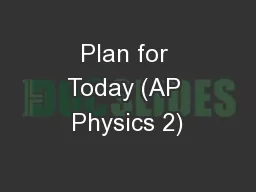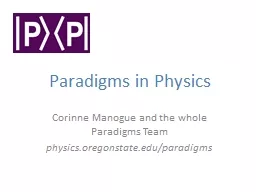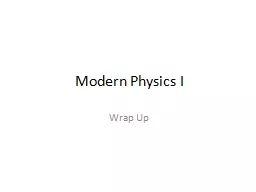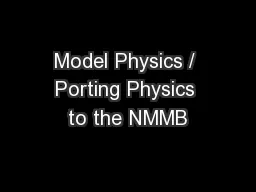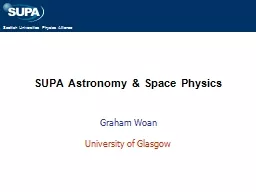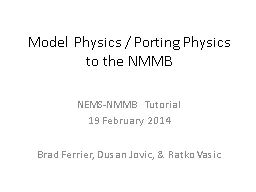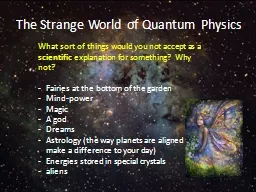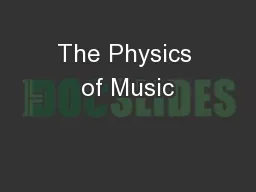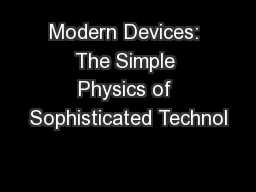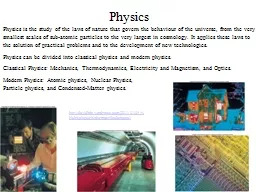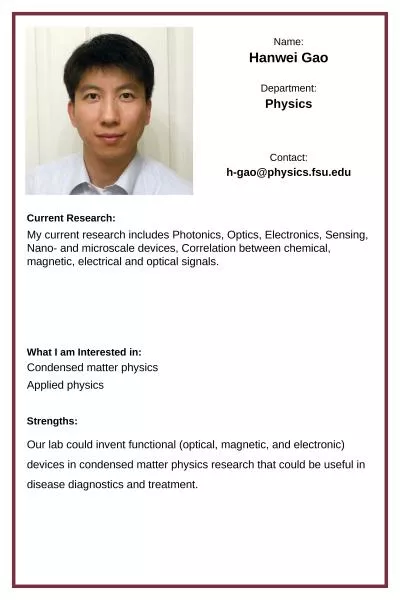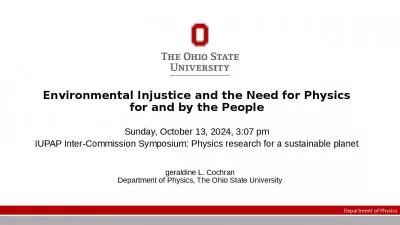PPT-Plan for Today (AP Physics 2)
Author : conchita-marotz | Published Date : 2018-03-13
Turn in lab from yesterday C Test Takers Go over MC NotesLecture Variable Forces Drag Equation Derivation B Test Takers MOPing on computers pick a problem area
Presentation Embed Code
Download Presentation
Download Presentation The PPT/PDF document "Plan for Today (AP Physics 2)" is the property of its rightful owner. Permission is granted to download and print the materials on this website for personal, non-commercial use only, and to display it on your personal computer provided you do not modify the materials and that you retain all copyright notices contained in the materials. By downloading content from our website, you accept the terms of this agreement.
Plan for Today (AP Physics 2): Transcript
Download Rules Of Document
"Plan for Today (AP Physics 2)"The content belongs to its owner. You may download and print it for personal use, without modification, and keep all copyright notices. By downloading, you agree to these terms.
Related Documents

